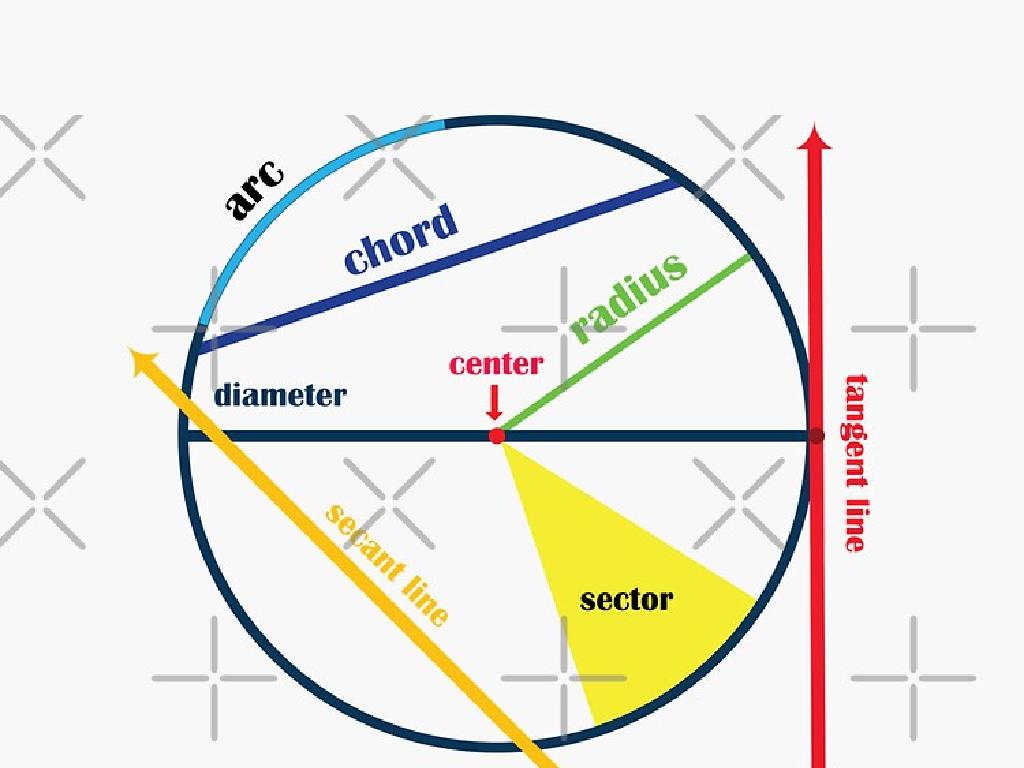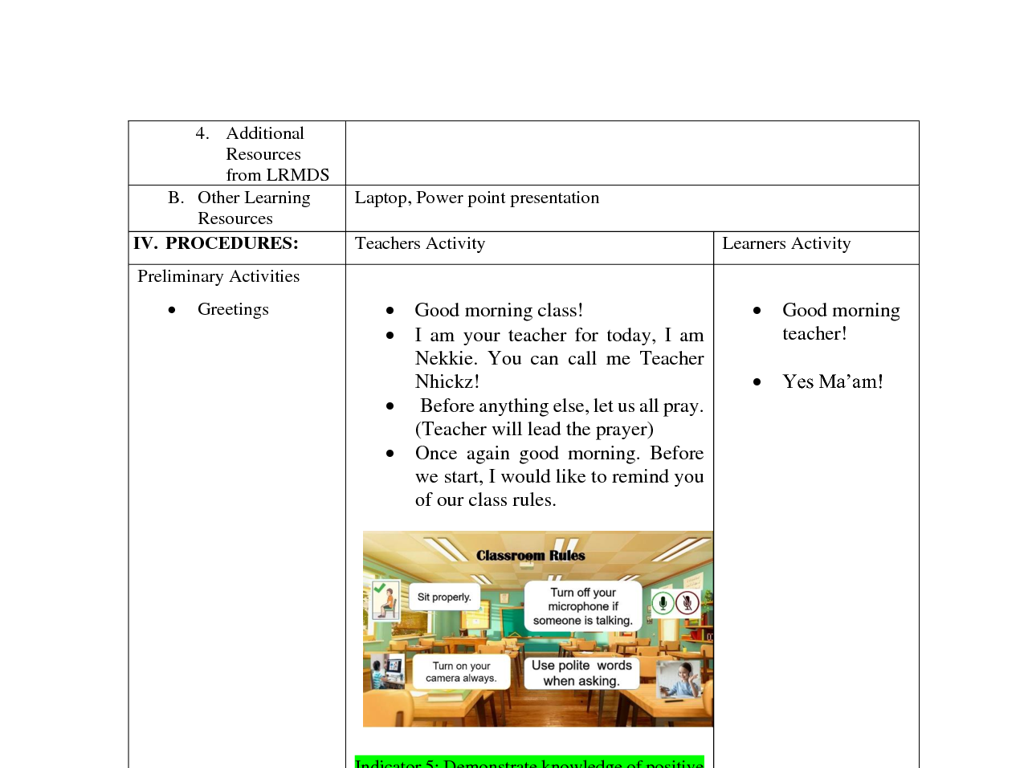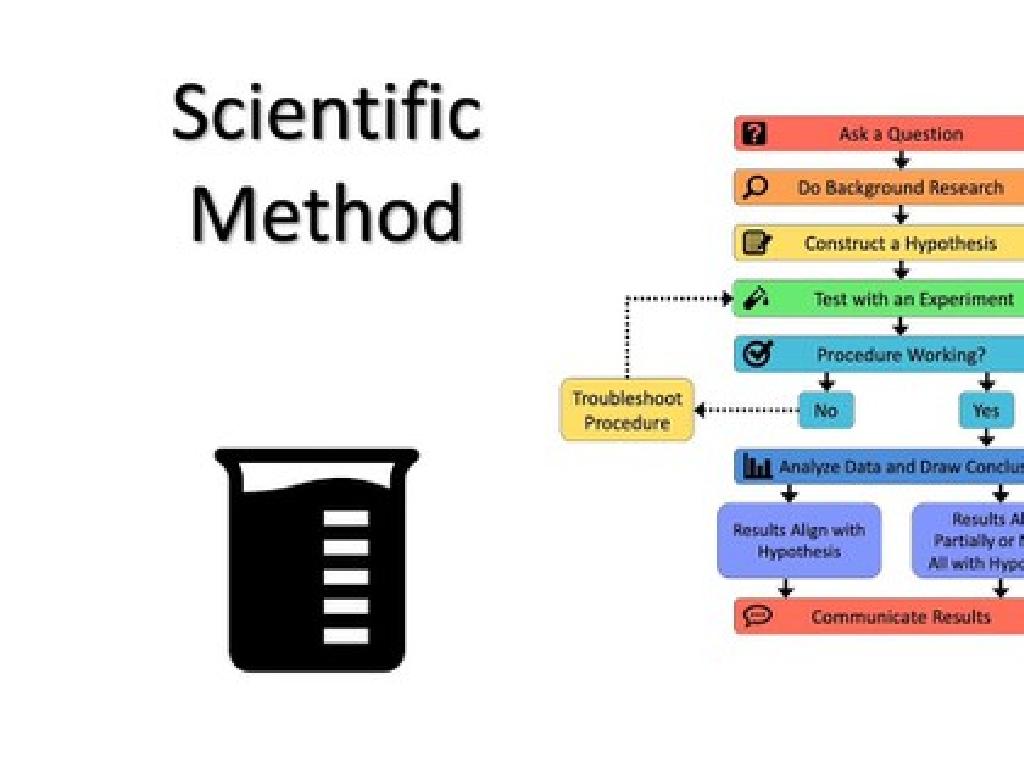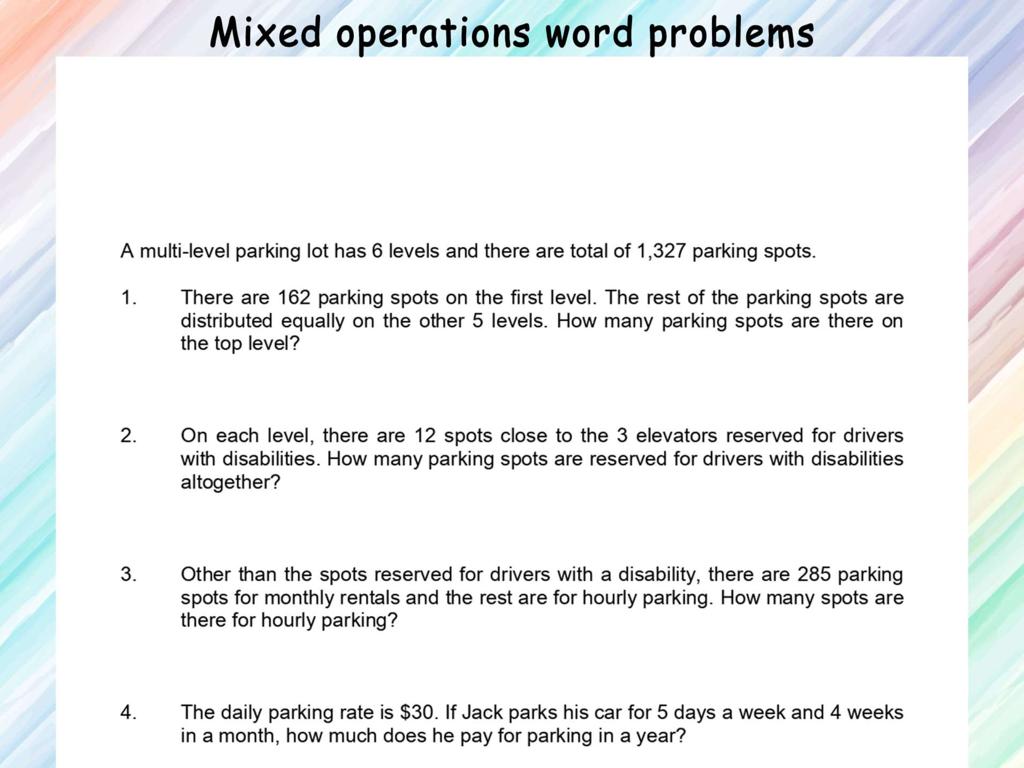Select Figures With A Given Area
Subject: Math
Grade: Third grade
Topic: Area
Please LOG IN to download the presentation. Access is available to registered users only.
View More Content
Welcome to Area Adventure!
– Learning about area
– Measuring space inside shapes
– Area is the space inside a shape, like the floor in your room.
– Area’s role in real life
– Knowing area helps with things like buying carpet or a TV.
– Fun area activities
|
This slide introduces the concept of area to third-grade students, setting the stage for a fun and interactive learning experience. Begin by explaining that area measures the space inside any two-dimensional shape, similar to how they might measure the space where they can place their toys on the floor. Emphasize the practical applications of understanding area, such as figuring out how much paint is needed for a wall or what size of a rug to buy for their bedroom. Incorporate hands-on activities where students can use grid paper to count squares inside various shapes to calculate area, or even create shapes with a specific area using manipulatives. This will help them visualize and better grasp the concept of area.
Exploring Area: How Much Space?
– Area: size of a surface
– Think of area as the space inside a shape on the floor where you can walk.
– Measured in square units
– Like square inches (in²) or square feet (ft²).
– Imagine painting a shape
– If you wanted to paint inside a shape, the area tells you how much you’ll use.
– How much paint needed?
|
This slide introduces the concept of area to third-grade students in a relatable way. Area is explained as the size of a surface, which can be measured in square units. To make it more intuitive, students are asked to imagine how much paint they would need to cover the inside of a shape completely. This visualization helps them understand that area is about covering space. Emphasize that when we measure area, we count how many square units fit inside the shape. Use simple examples like the area of a book cover or a tabletop to illustrate the concept in a way that is meaningful to them.
Calculating Area: Squares and Rectangles
– Area equals length times width
– Squares have equal-length sides
– A square’s sides are all the same, so just multiply one side by itself
– Calculate a 4×4 square’s area
– 4×4 square has an area of 16 square units
– Practice with different rectangles
– Find areas using different lengths and widths
|
This slide introduces the concept of area and provides formulas for calculating the area of rectangles and squares, which is particularly relevant for third-grade math students. Start by explaining that the area is the amount of space inside a shape. For rectangles, multiply the length by the width to find the area. Since squares have all sides of equal length, you multiply one side by itself. Use a 4×4 square as an example to show that multiplying 4 by 4 gives an area of 16 square units. Encourage students to practice with rectangles of various sizes to reinforce the concept. Provide additional examples and encourage students to draw shapes and calculate the area as a hands-on activity.
Selecting Figures with a Given Area
– Identify shapes by area
– Use multiplication to find area
– Example: Area of 12 square units
– A rectangle 3 units by 4 units has an area of 12
– Shapes with same area vary
– Compare different shapes with 12 units area
– Area remains constant, shapes differ
|
This slide introduces the concept of area and how to identify shapes with a specific area. Start by explaining that area is measured in square units and can be found by multiplying the length and width of a rectangle. Show an example of a rectangle with an area of 12 square units (3 units by 4 units). Highlight that different shapes can have the same area, using more examples like six squares with 2 units area each. Emphasize that even though shapes can look different, if their areas are the same, they cover the same amount of flat space. Encourage students to think of other shapes that could have an area of 12 square units and to draw them as part of their understanding.
Practice Time: Calculating Area
– Let’s solve examples together
– I’ll show a shape, find its area
– Look at the shape and measure sides
– Use formula: area = length x width
– Apply the formula to calculate area
– Rectangles: length times width
|
This slide is designed for an interactive practice session on calculating the area of shapes, specifically rectangles. Start by engaging with the students, asking them to participate actively. Show them various rectangles, and guide them to measure the length and width of each shape. Remind them of the formula for the area of a rectangle and assist them in applying it to the shapes shown. Encourage students to explain their thought process as they calculate the area. This will help reinforce their understanding of the concept of area and how to calculate it using the given formula. Prepare to provide immediate feedback and clarification as needed.
Real-Life Application of Area
– Understanding the concept of area
– Area helps in everyday decisions
– Like how much paint or carpet we need for a space
– Example: Carpeting a room
– Measure room length and width, then multiply for area
– Activity: Classroom area calculation
– We’ll measure our class and use multiplication to find area
|
This slide aims to help students connect the concept of area with practical applications they can relate to. Start by discussing why area is an important measurement in real life, such as in home improvement projects like buying the right amount of carpet. Provide a clear example by explaining how to calculate the area needed for carpeting a room, which involves multiplying the length by the width of the floor. For the activity, guide the students to measure the length and width of the classroom and then calculate its area. This hands-on activity will reinforce their understanding of area and demonstrate its usefulness. Prepare to assist students with measurement tools and ensure they understand how to multiply the figures to find the area.
Class Activity: Area Scavenger Hunt
– Find and measure classroom items
– Work in pairs to record areas
– Share items with area of 8 sq units
– Example: A book cover might be 8 sq units
– Discuss findings with the class
|
This interactive activity is designed to help students apply their knowledge of area in a fun and engaging way. Students will work in pairs to search for items within the classroom that they can measure to calculate the area. Provide rulers or measuring tapes for students to use. Once they have found items and calculated the area, ask them to record their findings. Encourage them to find at least one item with an area of 8 square units. After the activity, have each pair share their item with the class and discuss the different shapes and sizes of items with the same area. This will help them understand that different shapes can have the same area. Possible items with an area of 8 square units could be a book cover, a small whiteboard, or a tablet screen. This activity will reinforce the concept of area and allow students to see how it applies to real-world objects.
Area Exploration: Homework
– Congratulations on learning about area!
– Homework: Find 3 household items
– Look for items like a book, table, or a notebook
– Calculate the area of each item
– Use length x width for rectangles/squares
– Share your findings in class
|
This slide wraps up the lesson on area and sets up the homework assignment. The students are tasked with finding three items at home, such as a book, table, or notebook, and calculating their area. Remind them to use the formula for the area of rectangles (length x width). Encourage them to write down their measurements and calculations, and prepare to discuss how they found the area of each item in the next class. This practical exercise will help reinforce their understanding of the concept of area and how it applies to everyday objects.





